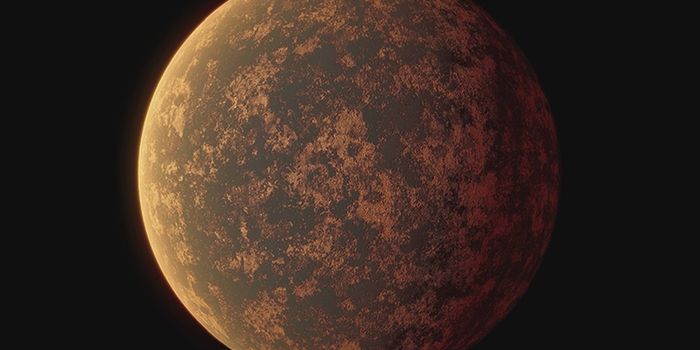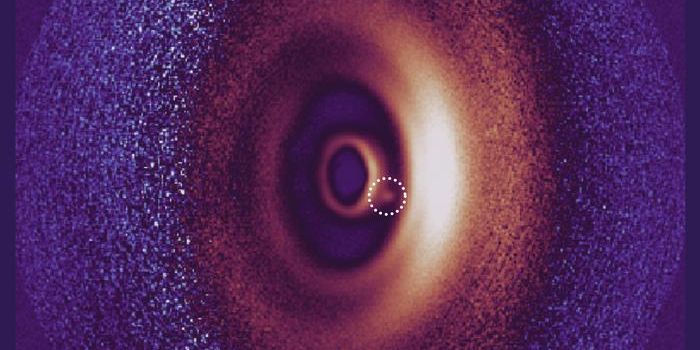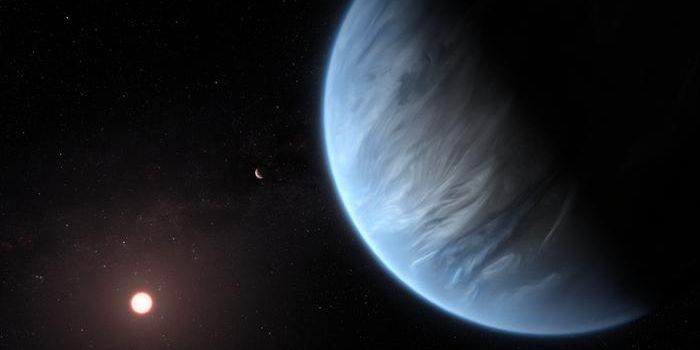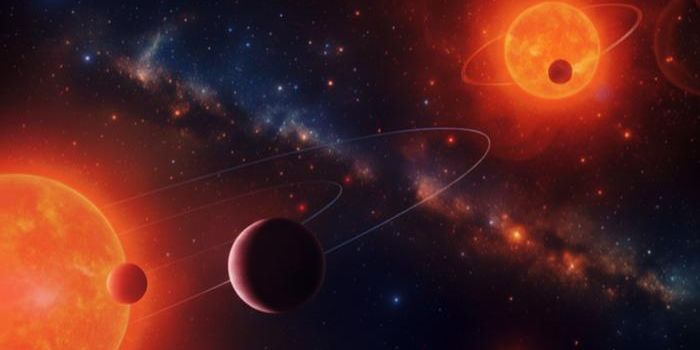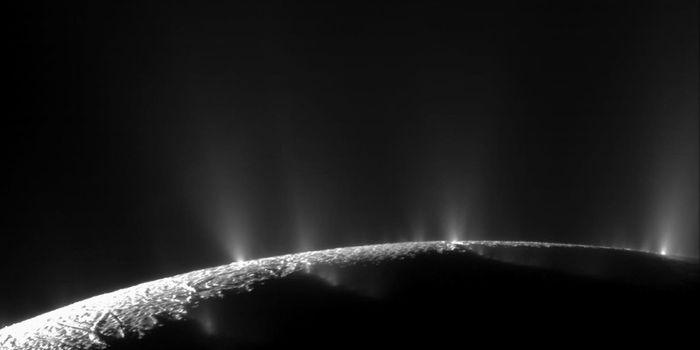Wobbling Mars: Detecting Dark Matter Through Primordial Black Holes
Could slight wobbles in the orbit of Mars be caused by microscopic black holes that have existed since the Big Bang? This is what a recent study published in Physical Review D hopes to address as a team of researchers from the Massachusetts Institute of Technology (MIT) and UC Santa Cruz investigated how these miniscule black holes could be comprised of dark matter, which was first hypothesized in the 1970s, resulting in miniscule wobbles in the orbit of Mars. This study holds the potential to help researchers better understand the characteristics of dark matter, which remains one of the most mysterious phenomena in the universe.
“Given decades of precision telemetry, scientists know the distance between Earth and Mars to an accuracy of about 10 centimeters,” said Dr. David Kaiser, who is a professor of physics and the Germeshausen Professor of the History of Science at MIT, and a co-author on the study. “We’re taking advantage of this highly instrumented region of space to try and look for a small effect. If we see it, that would count as a real reason to keep pursuing this delightful idea that all of dark matter consists of black holes that were spawned in less than a second after the Big Bang and have been streaming around the universe for 14 billion years.”
For the study, the researchers began with handwritten calculations produced by Tung X. Tran, who eventually became the study’s lead author and is a graduate student at Stanford University, which calculated the results if a primordial black hole passed through a human body, which he calculated would push the person approximately 20 feet.
Building off this, the team tried to estimate if such a black hole could influence larger bodies like the Earth and the Moon. However, their numbers weren’t coming out quite right, resulting in them more precise computer simulations to include additional factors like planetary interactions. In the end, the researchers discovered that a primordial black hole coming within several hundred million miles of Mars would cause miniscule changes, or wobbles, in the Red Planet’s orbit that could be measured using powerful ground-based instruments available today. However, the team cautions that even if such wobbles were detected, it would take significant data to confirm it was caused by a primordial black hole, as opposed to something like an asteroid.
“We need as much clarity as we can of the expected backgrounds, such as the typical speeds and distributions of boring space rocks, versus these primordial black holes,” said Dr. Kaiser. “Luckily for us, astronomers have been tracking ordinary space rocks for decades as they have flown through our solar system, so we could calculate typical properties of their trajectories and begin to compare them with the very different types of paths and speeds that primordial black holes should follow.”
What new discoveries about dark matter will researchers make in the coming years and decades? Only time will tell, and this is why we science!
As always, keep doing science & keep looking up!
Sources: Physical Review D, ScienceDaily, MIT News
Featured Image: Simulated Black Hole. (Credit: NASA Goddard Space Flight Center; background, ESA/Gaia/DPAC)

